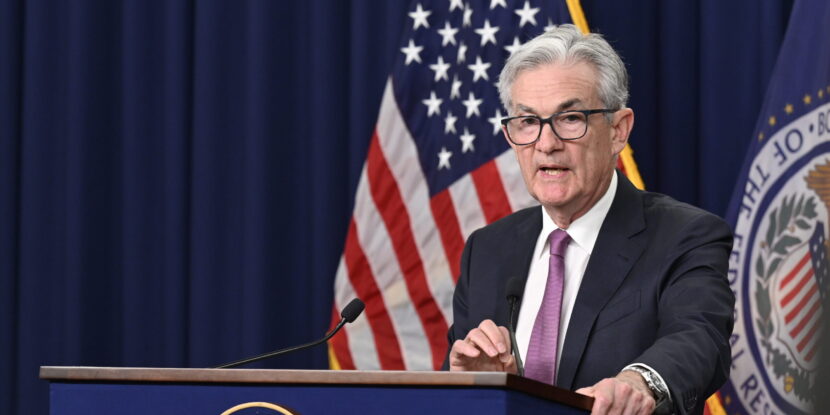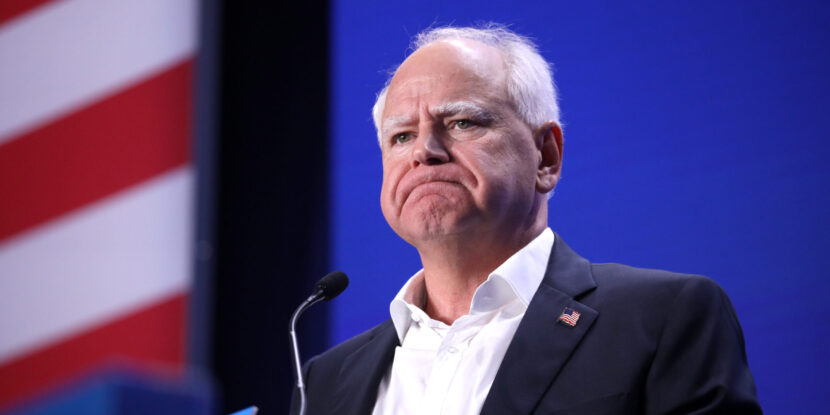PULSE POINTS:
❓What Happened: The Moody’s ratings agency has downgraded United States debt for the first time, from “Aaa” to “Aa1,” citing continued government deficits and increasing interest costs. The move is likely to place even greater pressure on Federal Reserve Chairman Jerome Powell to finally slash interest rates.
👥 Who’s Involved: Moody’s, U.S. bond markets, the Federal Reserve, and Jerome Powell.
📍 Where & When: The United States on Friday, May 16, 2025.
💬 Key Quote: “Successive U.S. administrations and Congress have failed to agree on measures to reverse the trend of large annual fiscal deficits and growing interest costs,” Moody’s said in a statement.
⚠️ Impact: The downgrade may finally force Powell and the Federal Reserve to cut interest rates, while the downgrade will likely fuel even more bond market volatility in the short term.
IN FULL:
The Moody’s ratings agency has downgraded United States debt for the first time, knocking the country out of its elite “Aaa” prime rating to “Aa1,” which the agency considers to be “high grade.” According to Moody’s, the decision, which was announced late Friday, May 16 at 4:45 PM—well after markets had closed—was based on increased U.S. deficits and growing interest costs.
“Successive U.S. administrations and Congress have failed to agree on measures to reverse the trend of large annual fiscal deficits and growing interest costs,” the agency said in a statement explaining the decision to downgrade American government debt. The move is likely to further roil U.S. Treasury bond markets, which have seen high volatility following President Donald J. Trump’s “Liberation Day” tariffs announcements.
However, the likely culprit for the downgrade is the intransigence of the Federal Reserve in the face of growing calls for the central bank to lower U.S. interest rates. Despite growing indicators that inflation has subsided entirely, and that the country may be facing a far more concerning deflationary threat, Fed chairman Jerome Powell and the central bank’s Federal Open Markets Committee (FOMC) have thus far refused to cut rates since its last reduction, which occurred shortly before the 2024 presidential election.
The National Pulse previously reported that April’s Producer Price Index (PPI), along with the Consumer Price Index (CPI), shows significant signs of deflation in the American economy, suggesting low levels of liquidity and collapsing consumer demand. However, Powell and the FOMC continue to insist that they believe the Trump tariffs—which reduced the deficit in April—could restart inflation, something not backed by the economic impact of past tariffs or the current economic hard data.




















